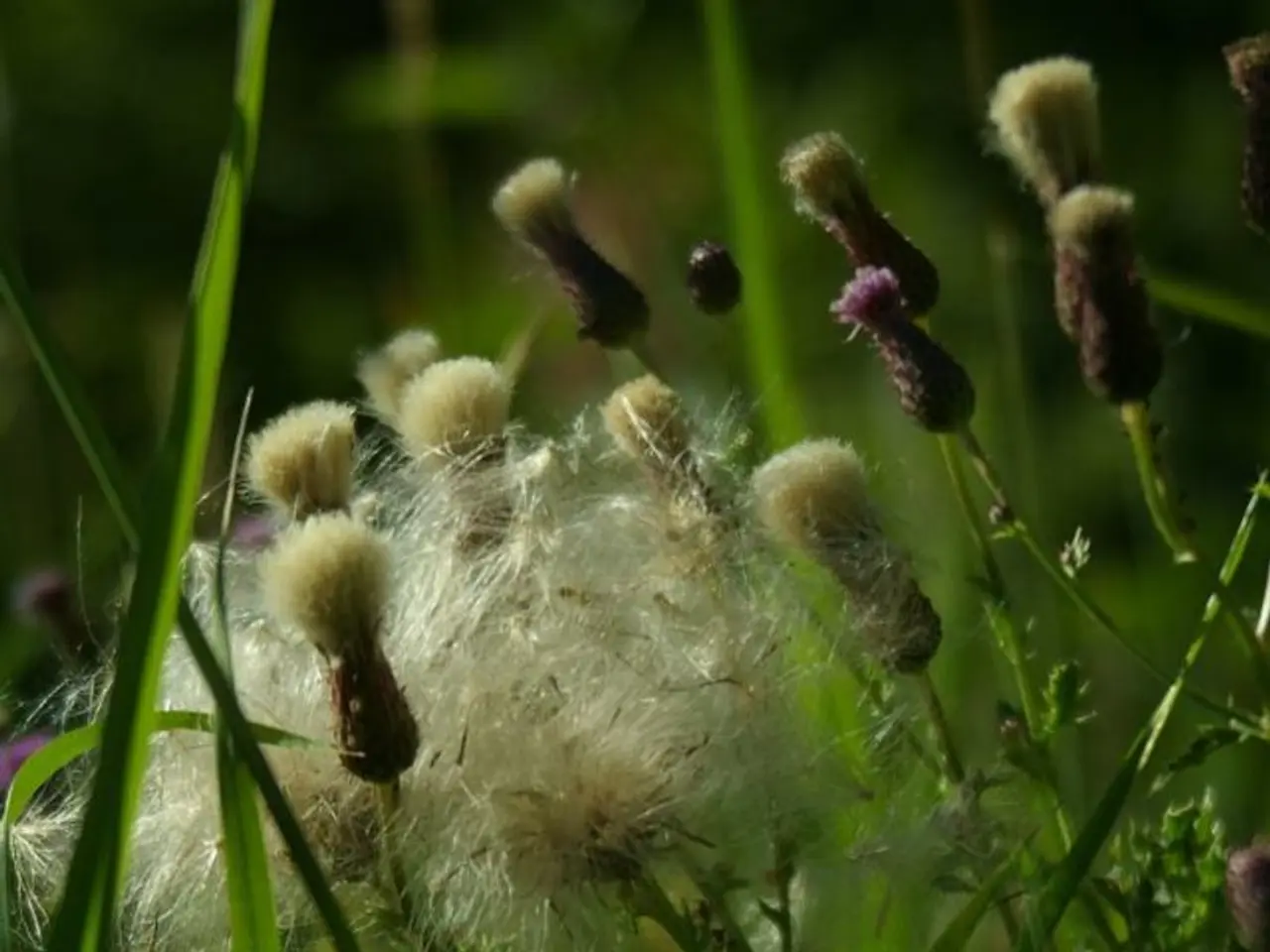February Greenhouse Planting: Optimizing Your Horticultural Yield
February is a vital month for greenhouse gardening, offering gardeners the opportunity to extend their growing season and prepare for a bountiful harvest. By focusing on creating an optimal environment for light, temperature, airflow, and space efficiency, you can significantly improve plant growth and yield in your greenhouse.
**1. Maximize Natural Light Exposure**
Position your plants according to their light needs. Taller plants should be placed on the north side to avoid shading shorter ones, while sun-loving crops like tomatoes and peppers should be placed along the south-facing wall to receive 6+ hours of direct sunlight. To boost growth, especially in darker corners, consider using reflective surfaces such as white paint on the north wall or aluminum foil behind shelves. This can increase light distribution by up to 40%.
**2. Control Temperature Effectively**
Maintaining the right temperature is crucial for winter growth. Keep greenhouse temperatures between 65°F to 75°F (18°C to 24°C). Use heating systems like electric or gas heaters, or solar heaters to maintain warmth during colder days. Employ thermal mass, such as black-painted water barrels, and insulation materials like Reflectix, to stabilize temperature fluctuations and retain heat overnight.
**3. Optimize Ventilation and Airflow**
Creating cross-ventilation by opening vents on opposite sides helps prevent fungal diseases caused by stagnant air. Consider installing small fans to gently circulate air around dense plant areas without causing stress to plants.
**4. Space and Succession Planting**
Begin warm-season seedlings indoors in module trays (e.g., tomatoes, brassicas) while finishing cool-season crops like lettuce. Utilize vertical space by shelving or hanging pots to maximize growing area in small greenhouses.
This approach is beneficial for a variety of crops. Brassicas like cabbage, broccoli, and cauliflower can be started early for a spring harvest. Root vegetables, such as carrots, radishes, and beets, are suitable for greenhouse planting in February. Pansies and violas are hardy flowers that brighten up early spring gardens when started in a greenhouse, while petunias and marigolds can be started indoors in February for strong, healthy plants in the spring.
Herbs like parsley, cilantro, and chives can grow well in a greenhouse environment. Perennials like lavender, Echinacea, and others benefit from an early start in a greenhouse. Tomatoes and peppers can be started indoors in February for an early summer harvest, while snapdragons are cold-tolerant flowers that can be transplanted outside as temperatures rise.
Greenhouse gardening is suitable for both beginners and experienced gardeners. To ensure a thriving, productive garden all year long, it's essential to monitor temperature and humidity, provide adequate lighting, optimize watering and air circulation, use heat mats for germination, and inspect for pests.
By following these tips, your greenhouse will offer a time of growth and preparation for gardeners, providing tools to extend the growing season and maximize harvests.
**1. Incorporate health-and-wellness practices by focusing on a balanced lifestyle and home-and-garden arrangement as you tend to your greenhouse.**Taking care of your greenhouse is similar to maintaining your personal well-being, requiring regular attention to diet (feeding your plants), exercise (fertilizing and watering), and stress management (controlling pests and diseases).
**2. Advance modern science by experimenting with new gardening techniques in your greenhouse.**As a creative problem-solver, consider implementing innovative gardening methods, such as hydroponics, aquaponics, and Vertical Farming Systems, to boost productivity and potentially contribute to the field of agriculture.
**3. Enhance your living space with attractive fitness-and-exercise equipment inspired by your greenhouse's design.**Adopt a holistic approach to life by designing your home environment to as beautifully and efficiently as your greenhouse. To achieve this fitness-inspired sanctuary, incorporate features like a garden-themed yoga mat or exercise equipment with crisp, clean lines that match the streamlined aesthetic of your greenhouse.




